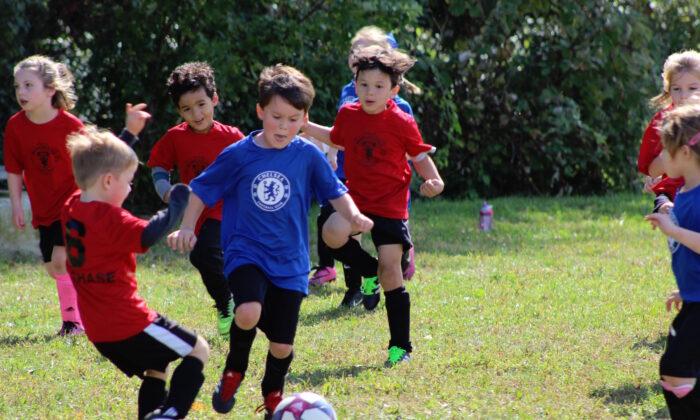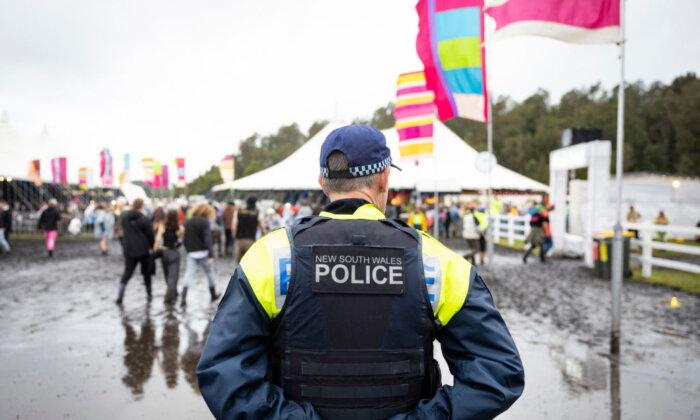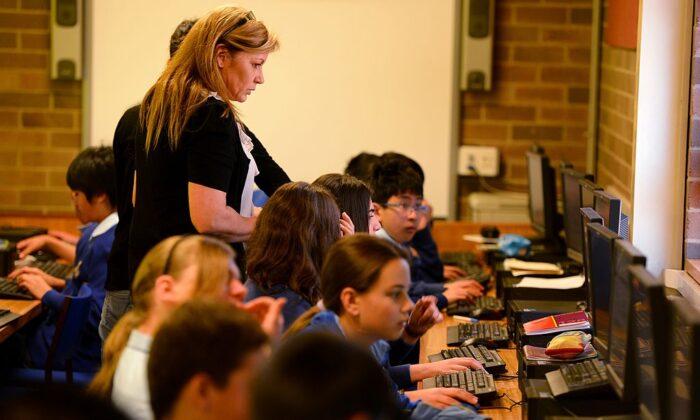New concussion rules now require kids to wait 21 days before returning to contact sports after a concussion, in a significant step toward improving player safety.
These safety regulations also mandate a 14-day symptom-free period for children under 19 participating in community sports before they can resume contact training post-concussion.
These updates align Australia with the concussion protocols of the United Kingdom and New Zealand.
Dr. David Hughes, the Chief Medical Officer of the Australian Institute of Sport (AIS), stated that this multinational approach ensures clarity and consistency in managing concussions.
“It’s important to manage all instances of concussion with an abundance of caution and make it clear that a conservative management approach is needed for people aged under 19 who have growing brains and are at risk of prolonged recovery times, as well as for community sport where advanced health care support is often not available,” he said.
He mentioned that ensuring players return to sports only when fully recovered from a concussion improves brain health and optimises their time in the sport.
“Because if you suffer a further concussion close to first, not only is that not good for your brain, but it results in a much longer time away from your chosen sport,” he said, pointing out instances of broken bones, dislocations, and muscle sprains when kids come back to sports prematurely.
He urged sports people to remember, “If in doubt, sit them out.”
“It is absolutely okay to say you’re not okay.”
It coincides with the return of school sports nationwide and the start of pre-season for various football codes and winter sports.
Kieren Perkins, CEO of the Australian Sports Commission, expressed pride in Australia’s leadership alongside the UK and New Zealand.
In April 2023, the UK introduced the first concussion guidelines for non-elite sports with the same minimum recovery days.
“This is a significant step in the right direction, and I'd like to thank the Australian government for its continued support regarding this serious issue,” he said.
He noted that these rules respond to several recommendations from last year’s Senate Inquiry into concussions and repeated head trauma in contact sports.
The 2024 rules are the latest update of the original 2016 guidelines, providing the most recent information on concussions for athletes, parents, teachers, coaches, and healthcare practitioners.
The guidelines recommend waiting at least ten symptom-free days for high-level athletes over 19, with daily health support before returning to contact activities.
Further, it includes details and tools for athletes with disabilities and female athletes, and also emphasises the physiotherapist’s role in diagnosing and managing concussions.
Schools and community clubs are also advised to appoint a ‘Concussion Officer’ to oversee compliance with these guidelines.
Head Injuries Every 4 Minutes in Australia
According to the Australian Institute of Health and Welfare (AIHW), head injuries led to 142,000 hospitalisations in 2020-21, equating to one every 4 minutes, a 6.7 percent increase from the previous year.Additionally, these injuries led to 2,400 deaths.
Children had higher rates of emergency department visits for head injuries than adults.
Kids aged 0-4 years had the highest rate of emergency department (1 per 20 in the population), followed by 5-14-year-olds (1 per 50 in the population).
As a result, AIHW spokesperson Heather Swanston said the Australian community has become more aware of concussions in sports.
“And the importance of preventing and managing these injuries,” she said.
Concussion Risk Quadruples for Kids with Prior Incidents
Hunter Bennett, an exercise science lecturer at the University of South Australia, highlighted the increased risk of future concussions among children with a history of previous concussions, who are almost four times more likely to experience subsequent concussions.He mentioned that experiencing multiple concussions could lead to lasting effects, such as ongoing reductions in cognitive function and, in some cases, an increased risk of dementia in older adulthood.
“Similarly, research has shown adolescent athletes who return from concussion are around 50 percent more likely to suffer any type of future injury than other athletes,” he said.
He pointed out that most athletes were returning to competition after about 12 days, indicating that inadequate recovery might be raising their injury risk.
“We don’t know the exact reason children and adolescents take longer to recover from concussion, but it seems they do.”
Recent evidence suggests that, on average, children may need about 20 days to fully recover and return to sport after a concussion, while adults may recover in around 14 days.
“There’s no research examining whether these updated guidelines have had a positive effect yet, but given coming back too early may pose a risk, they offer very little downside,” Mr. Bennet said.







